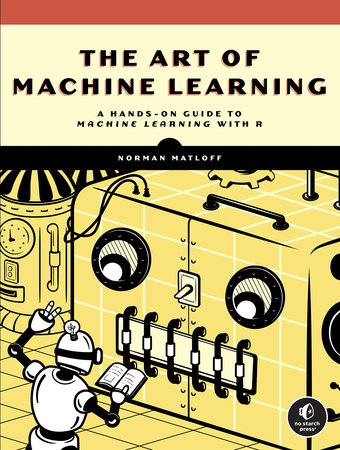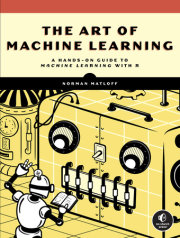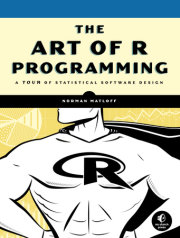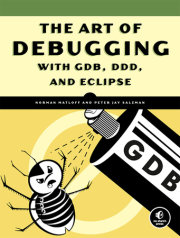Acknowledgments
Introduction
PART I: PROLOGUE, AND NEIGHBORHOOD-BASED METHODS
Chapter 1: Regression Models
Chapter 2: Classification Models
Chapter 3: Bias, Variance, Overfitting, and Cross-Validation
Chapter 4: Dealing with Large Numbers of Features
PART II: TREE-BASED METHODS
Chapter 5: A Step Beyond k-NN: Decision Trees
Chapter 6: Tweaking the Trees
Chapter 7: Finding a Good Set of Hyperparameters
PART III: METHODS BASED ON LINEAR RELATIONSHIPS
Chapter 8: Parametric Methods
Chapter 9: Cutting Things Down to Size: Regularization
PART IV: METHODS BASED ON SEPARATING LINES AND PLANES
Chapter 10: A Boundary Approach: Support Vector Machines
Chapter 11: Linear Models on Steroids: Neural Networks
PART V: APPLICATIONS
Chapter 12: Image Classification
Chapter 13: Handling Time Series and Text Data
Appendix A: List of Acronyms and Symbols
Appendix B: Statistics and ML Terminology Correspondence
Appendix C: Matrices, Data Frames, and Factor Conversions
Appendix D: Pitfall: Beware of “p-Hacking”!















